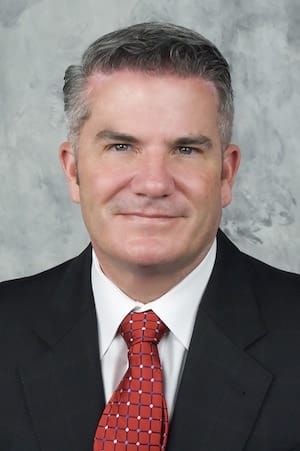Having the right electronic health records system in place benefits healthcare providers as well as their patients. That’s why the United States government has encouraged a movement toward EHRs as a way to foster improvements in healthcare quality, safety, efficiency and access.
While the reasons to migrate to an EHR system are undeniable, some healthcare professionals find the task to be daunting. It needn’t be, particularly if you keep five things in mind:
Know what you need. All EHR systems are not alike and systems for various medical sub-specialties have distinctive features specifically designed for their unique needs. For example, a software system designed for a mental health professional would have a completely different set of templates and guidelines than would a cardiologist. A psychologist would never have a need for electronic prescribing. Whereas the cardiologist would use automated coding to ensure highest possible E/M codes, and medication and prescription management tools. Most physicians will also more than likely need some form of EHR transcription to help them stay on task and see the same number of patients they saw pre EMR or EHR. A cardiologist would also use electronic lab requests as well as electronic radiology orders. Get a system that’s right for you.
Choose Meaningful Use. The economic stimulus package passed by Congress in 2009 promises maximum incentive payments for Medicaid and Medicare providers who adopt and use EHR technology in a “meaningful-use” designation. This is categorized as technology that improves care coordination, reduces healthcare disparities, engages patients and their families, improves population and public health, and ensures adequate privacy and security. Make sure you choose an EHR partner that has been certified for meaningful use.
Consider your patients’ needs. Some EHR systems will allow patients access to a secure website to view test results and other important information from their medical records. This helps patients better understand their healthcare choices – and the more informed the patient, the greater the likelihood that he/she will be able to make intelligent, proactive decisions about their own health and healthcare options.
Consider cost. EHR systems are available today for as little as $29.95 a month with minimal start-up costs. Some of these systems work with your practice’s existing computer system – whether it is Windows- or Mac-based – thus minimizing the cost even further. In short, cost should not be a barrier to adapting EHR for your practice.
Have patience. Even good change comes with an inherent set of frustrations, challenges and hiccups. Be patient as you work through this process and make sure that you have a EHR partner that will help you through the process – one who has deep experience and a track record of success. With the right partner, your chances of success increase dramatically and the frustrations will be short-lived.
Medical records have always been an essential part of the relationship between patients and their doctors. By tapping into today’s technology and embracing electronic health records, providers and patients can avail themselves of the best that modern technology has to offer.
Brian O’Neill is president and CEO of Office Allyn the only organization in the country offering healthcare providers a full complement of revenue-cycle management services including a patient portal, electronic health records, a practice management system, a clearinghouse and a billing service all under one company. The company currently works with more than 290,000 providers and 5,600 insurance carriers in all 50 states. Further information may be obtained at www.officeally.com.
Throughout the year, our writers feature fresh, in-depth, and relevant information for our audience of 40,000+ healthcare leaders and professionals. As a healthcare business publication, we cover and cherish our relationship with the entire health care industry including administrators, nurses, physicians, physical therapists, pharmacists, and more. We cover a broad spectrum from hospitals to medical offices to outpatient services to eye surgery centers to university settings. We focus on rehabilitation, nursing homes, home care, hospice as well as men’s health, women’s heath, and pediatrics.








